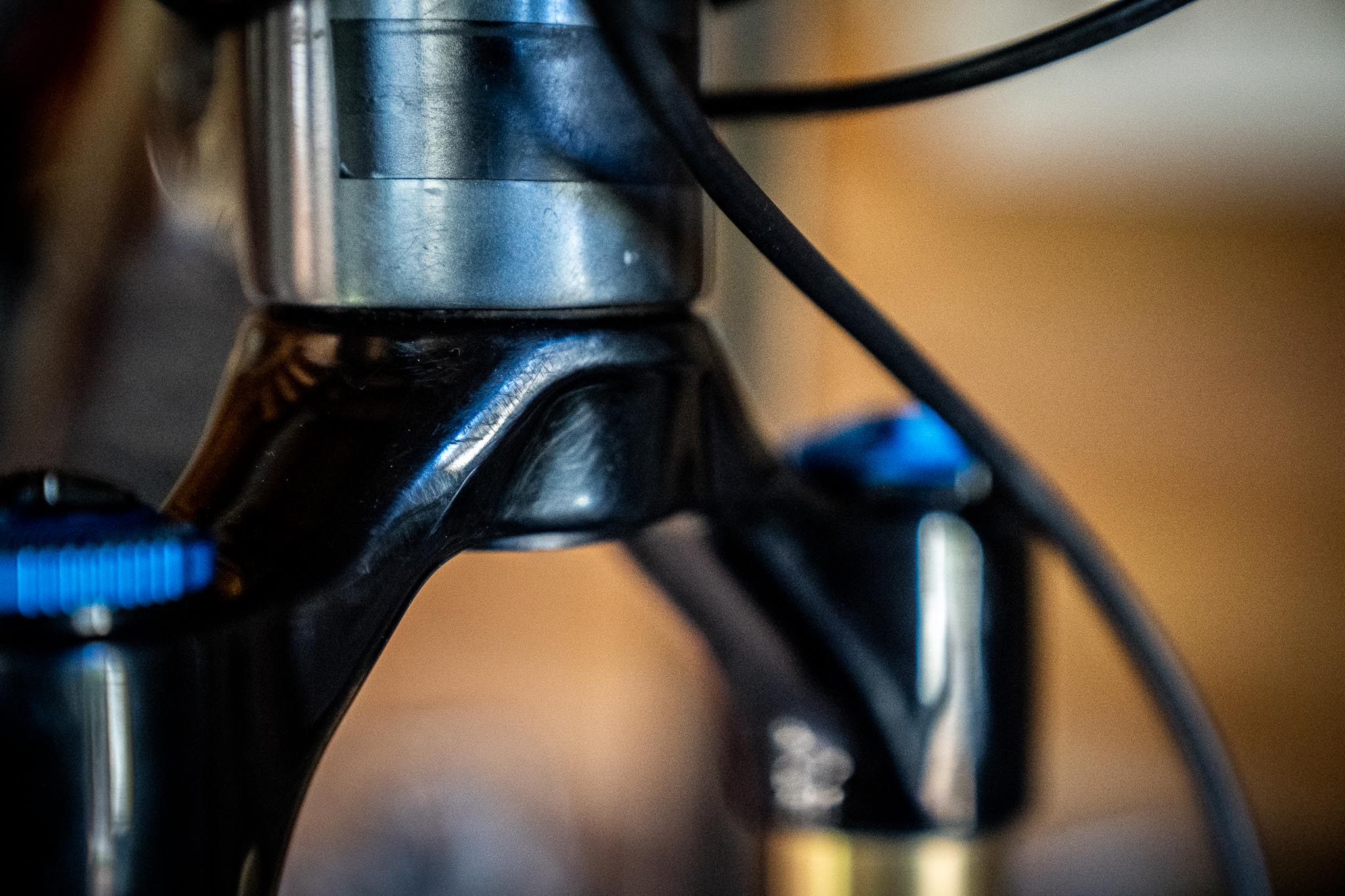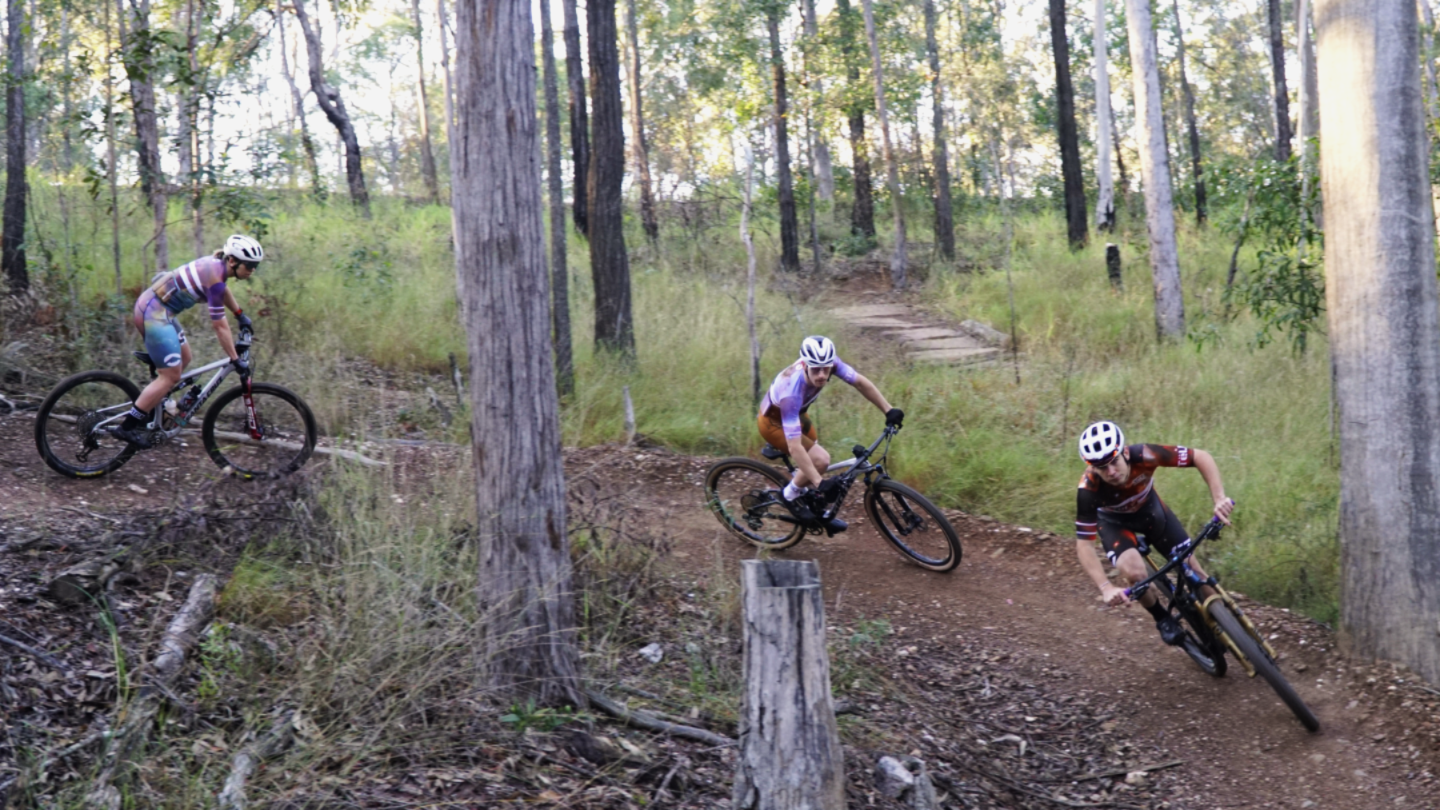TESTED: Fox Factory 36 Grip 2 Forks
The new MY23 Fox Factory 36 fork claims to be a stiffer, lighter, and more durable than its predecessor through an array of improvements.
Words and photos: Georgina von Marburg
Fox Factory is the biggest name in the game when it comes to suspension across the majority of extreme sports. It all began with Bob Fox in 1977 who entrenched the company’s roots in motorcycles (not to be confused with his brother Geoff, another icon of the industry who founded the apparel and protection brand, Fox Head Inc.). Now spanning its dominion across four-wheel drives, UTVs, snowmobiles, and of course, mountain bikes, Fox Factory is rightly considered the leader in innovation and quality in suspension.
In terms of front suspension, Fox has a series of forks named after their respective stanchion diameters (32, 34, 36, 38, 40). To simplify the story, the larger the number, the bigger the hits the forks are built for. Before Fox released the 38 forks in 2020, the 36 forks were widely recognised as the king of all-mountain riding and enduro racing. The 38 then arrived and filled a pivotal gap between the 36 and the dual crown 40 forks, providing a stiffer and longer-travel fork designed specifically to meet the demands of the increasingly competitive and gnarly Enduro World Series. But like all mountain bike technology, the 38 trickled down and met important consumer needs such as e-bikes and heavier riders preferring increased rigidity up front.
The 38 took the big-bike market by a storm, and with the highly capable 34 flexing its muscle on trail bikes, the 36 appeared to be made redundant. Until now.
Bridging a new gap

The new MY23 Fox Factory 36 fork claims to be a stiffer, lighter, and more durable than its predecessor through an array of improvements. The intention by Fox was to edge it closer to the 38, making it a highly capably big-travel fork without the weight and rigidity of the 38. But while it’s been known for its all-mountain and enduro reputation, the 36 can also be run at as little as 130mm travel; I ran it at its maximum travel of 170mm on my Trek Slash, but this breadth just shows its impressive versatility and wide customer base. I also used this fork with 200mm rotors, but it is compatible with rotors between 180mm and 230mm.

When unboxing the new 36, it appears identical to the old version. The colourway and decals, lower leg air bleeders, and the number of clicks on the Grip 2 rebound and compression dials all remain the same. It’s important to note that because the Grip 2 Damper carries over onto the MY23 model, those riders upgrading from the old 36 forks can directly transfer their suspension settings over to the new 36. In this way, setting up the new fork was easy as I simply copied over my air pressure and clicks from the MY21 model.
Increased Stiffness and Durability
Upon closer inspection, you will notice an all new crown on the MY23 36 fork. This crown finishes slightly higher than the previous one, moving further up the steerer tube. To be specific, its diameter has increased from 22mm to 26mm. This is designed to improve structural stiffness, but also to improve durability. Many customers will remember a dreaded creak which some Fox Factory fork CSUs would develop over time; the added material on the new fork claims to prevent this by reducing fore and aft flex.

For lighter or mid-weight riders, a stiffer fork could be misinterpreted as a “harsher” fork. The last thing we want is our hands fumbling on the handlebars due to an unforgiving front end. However, it’s not just heavier or extremely aggressive riders that benefit from a greater structural stiffness. This stiffness actually improves how smoothly the fork moves up and down while increasing small-bump sensitivity. It’s a win-win scenario.
Speaking with Finn Houlahan from Fox Factory Australia, he mentioned how this smoothness is derived from the 38 fork. While I myself haven’t ridden the 38 fork enough to compare it to the new 36, Finn has and I was curious about his experience. “I’ve ridden both the 38 and the 36 and was really interested to see what the difference was. With the 38 you might be getting a bit of extra weight on the front end; but what I noticed was that the increased stiffness just from the [38] chassis made it a lot smoother. But the MY23 36 fork edges closer to that 38 level of stiffness which increases the smoothness on the trail. It’s not intuitive, not something you would expect.”
There is also a weight saving of 20 grams with the new crown structure, despite it being technically a larger crown. Obviously, this reduction in weight is hardly noticeable, but it is reassuring to those worried about the 36 reflecting too many properties of its burly 38 sibling. My test fork for 29” wheels with a 44mm offset weighed 1.95kg with the steerer cut to 167mm.
On the trail

In theory, all of the above sounds great. But how does the new fork feel and respond in real world conditions? I’ve been using the 36 for several months now, predominantly on the steep, slippery roots and jank of Mystic Bike Park in Bright. The increased stiffness, while marginal, is still noticeable; it was particularly noticeable when the high-speed rebound and compression was working hard through rough sections of trail, providing a slightly more stable and confident platform. Generally, this translates to holding lines more capably thanks to a smoother fork movement. It’s not night and day, but the benefit is there.

I can also confirm that the new CSU has solved any creaking issues present in older iterations. It’s plowed through over 50 hours of riding (in less than ideal conditions) without making a sound. If you want to further enhance the life or service requirements of your fork, Fox have also released a new integrated XL mud guard. This attaches to the rear of the arch on the lowers and extends both in front and behind the fork. While the minimum recommended service interval is 125 hours of riding, extreme conditions such as mud or dust will warrant more regular servicing. The new guard protects the stanchions from excessive exposure and so, theoretically, should help the fork perform better for longer between services.
SUSPENSION 101: Why suspension needs servicing
Who is it for?
If you’ve ridden older versions of the 36, you’ll likely need no convincing of its performance or sophistication. Fox is… well, Fox. They make premium high-performance suspension with an insane amount of customisability. However, you may be wondering if you should upgrade to the MY23 36 or the 38?
There is certainly a current trend in the industry that promotes ‘bigger is better.’ In many cases, this is true. But you have to be honest about the type of rider you are, and the type of trails you’re riding. I’ve ridden and raced the MY23 36 across various terrain and locations across mainland Australia and have never found it to be under-gunned. That little bit of extra stiffness has enhanced the 36’s performance, meaning experienced mid-weight riders don’t have to steer towards the heavier 38s to match their riding style. The new 36 forks cater to an aggressive riding style, while still maintaining their renowned versatility. In this way, they hit a brilliant sweet spot which many of us wouldn’t consider until Fox presented it to us.
RRP: $1859
From: ridefoxaustralia.com.au
Hits:
- Lots of tuning options via GRIP 2
- Many travel variants
- Stiffer than before
Misses:
- Premium pricing for Factory items







